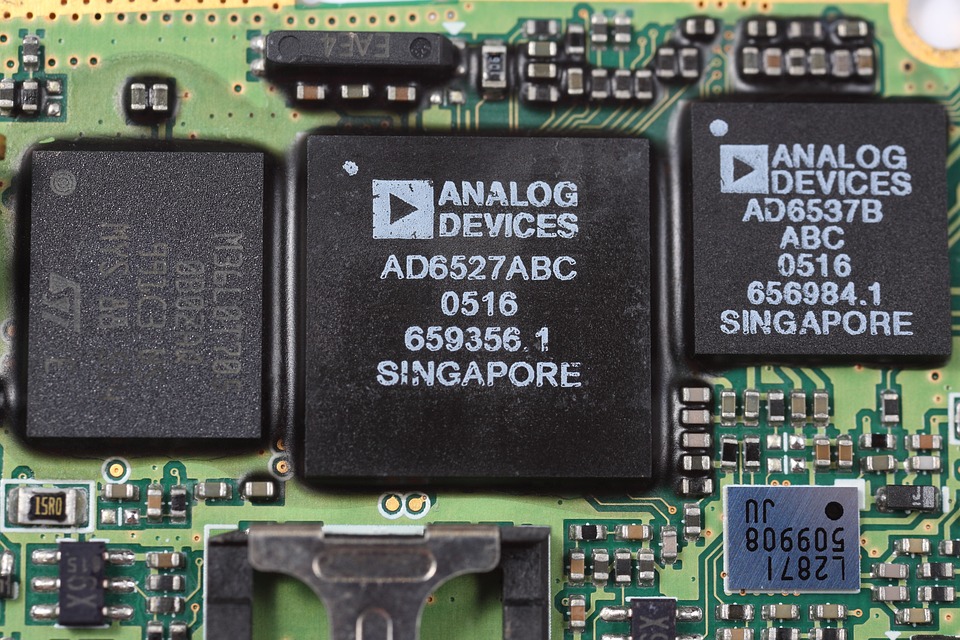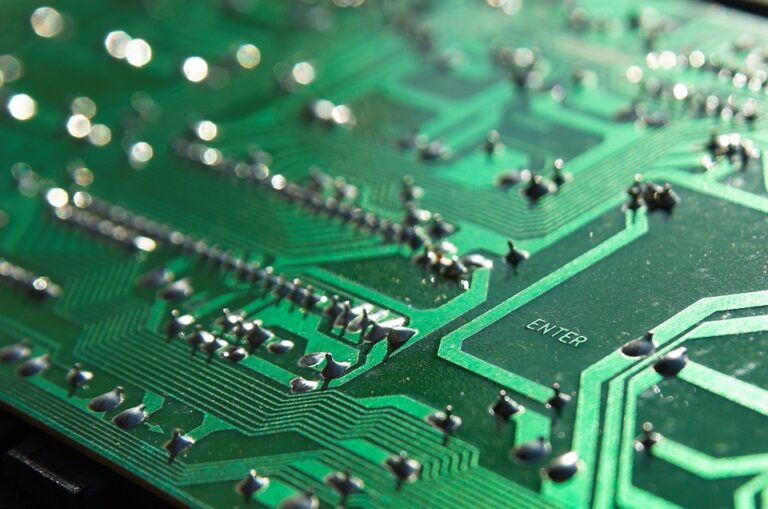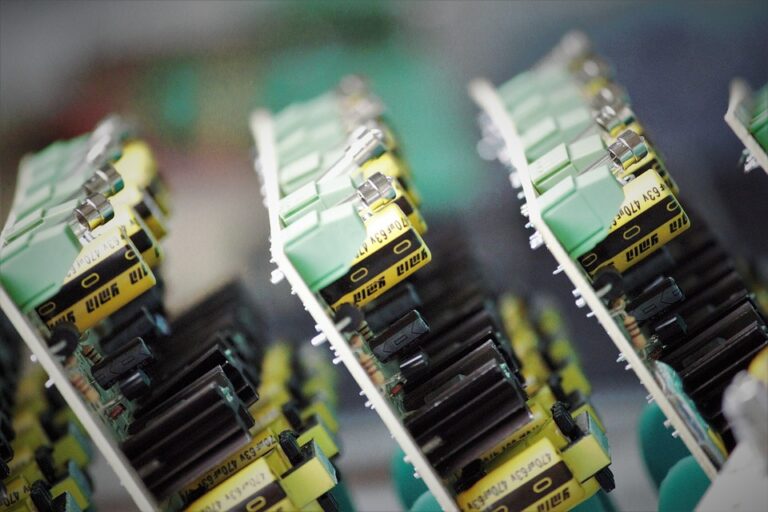
PCB Failure Analysis: Causes, Effects, and Prevention Strategies for Electronic Devices
PCB Failure Analysis: Causes, Effects, and Prevention Strategies for Electronic Devices
Printed Circuit Boards (PCBs) are the backbone of modern electronic devices, enabling the connection of various components and allowing them to function together seamlessly. However, despite their importance, PCBs are prone to failure, which can have significant consequences for the overall performance and reliability of the device. In this article, we will explore the causes and effects of PCB failure, as well as strategies for prevention and mitigation.
Causes of PCB Failure
PCB failure can occur due to a variety of factors, including:
- Design errors**: Poor design practices, such as inadequate clearance between components or incorrect component placement, can lead to PCB failure.
- Manufacturing defects**: Defects in the PCB manufacturing process, such as scratches, cracks, or contamination, can compromise the integrity of the board.
- Environmental factors**: Exposure to extreme temperatures, humidity, or vibration can cause PCB failure.
- Power surges or electrical overstress**: Sudden changes in power supply or electrical overload can damage the PCB.
- Aging and wear**: PCBs can degrade over time due to oxidation, corrosion, or mechanical stress.
Effects of PCB Failure
PCB failure can have significant consequences for electronic devices, including:
- Device malfunction**: PCB failure can cause the device to malfunction or stop functioning altogether.
- Data loss**: Failure of a PCB can result in the loss of critical data or programs.
- Costly repairs**: Repairing or replacing a failed PCB can be time-consuming and expensive.
- System downtime**: PCB failure can cause a device or system to shut down, resulting in lost productivity and revenue.
Prevention Strategies
To prevent PCB failure, designers and manufacturers can implement the following strategies:
- Design for reliability**: Design PCBs with reliability in mind, taking into account factors such as component placement, routing, and thermal management.
- Use high-quality components**: Select high-quality components that meet or exceed specifications and are suitable for the application.
- Implement quality control measures**: Implement quality control measures during manufacturing to detect and correct defects early on.
- Use protective coatings and materials**: Apply protective coatings and materials to the PCB to protect it from environmental factors and mechanical stress.
- Monitor and maintain the PCB**: Regularly monitor and maintain the PCB to detect and address any issues before they become critical.
Failure Analysis Techniques
When a PCB fails, it is essential to conduct a thorough failure analysis to identify the root cause of the failure. Some common failure analysis techniques include:
- Visual inspection**: Conduct a visual inspection of the PCB to identify any visible signs of damage or wear.
- X-ray inspection**: Use X-ray technology to inspect the PCB for internal defects or damage.
- Scanning electron microscopy (SEM)**: Use SEM to examine the surface of the PCB and identify any defects or wear.
- Fourier transform infrared (FTIR) spectroscopy**: Use FTIR to analyze the chemical composition of the PCB and identify any signs of degradation or contamination.
Conclusion
PCB failure can have significant consequences for electronic devices, from device malfunction to costly repairs. By understanding the causes and effects of PCB failure, designers and manufacturers can implement strategies to prevent and mitigate failure. By conducting thorough failure analysis and implementing quality control measures, it is possible to reduce the risk of PCB failure and ensure the reliability and performance of electronic devices.
FAQs
Q: What are the most common causes of PCB failure?
A: The most common causes of PCB failure include design errors, manufacturing defects, environmental factors, power surges or electrical overstress, and aging and wear.
Q: What are the effects of PCB failure?
A: The effects of PCB failure can include device malfunction, data loss, costly repairs, and system downtime.
Q: How can I prevent PCB failure?
A: You can prevent PCB failure by designing for reliability, using high-quality components, implementing quality control measures, using protective coatings and materials, and monitoring and maintaining the PCB.
Q: What are some common failure analysis techniques?
A: Common failure analysis techniques include visual inspection, X-ray inspection, scanning electron microscopy (SEM), and Fourier transform infrared (FTIR) spectroscopy.




